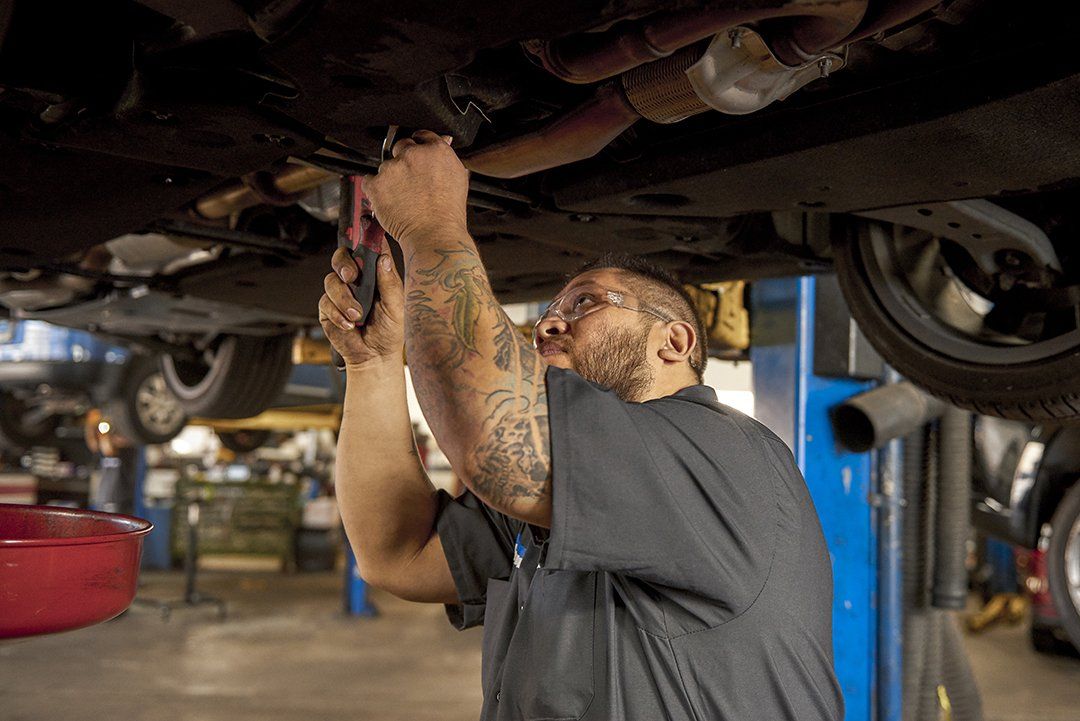Hand-operated transmission systems, additionally known as manual gearboxes or stick shifts, need motorists to manually pick equipments making use of a gear stick and run a clutch pedal. This configuration offers direct control over the automobile's power and speed, permitting a much more engaged driving experience. The core components of a manual transmission consist of equipments, shafts, and synchronizers, which interact to send engine power to the wheels effectively.
In a common guidebook transmission, the motorist utilizes the clutch pedal to disengage the engine from the transmission, selects the wanted gear making use of the gear stick, and after that launches the clutch to re-engage the engine with the new equipment ratio. This procedure enables for accurate control over the automobile's efficiency, making it possible for motorists to optimize power shipment for various driving conditions. The direct mechanical link in manual transmissions typically causes better gas effectiveness and a more linked feel in between the motorist and the automobile.

The drivetrain in cars with hands-on transmissions includes a number of crucial components:
•Clutch: Engages and disengages the engine from the transmission to allow for gear adjustments.
•Transmission: Includes a collection of equipments that can be chosen to change the car's rate and torque.
•Driveshaft: Sends power from the transmission to the differential.
•Differential: Disperses power to the drive wheels while enabling them to rotate at various speeds, particularly during turns.

Understanding these elements is crucial for appropriate vehicle upkeep and operation, ensuring a smooth and responsive driving experience.
Check for more info at Logan Square Auto Repair - Automatic/Manual Transmission Systems Facebook Youtube Instagram
Latest Posts
Friendly Lincoln - Your Destination for New Vehicle Discounts
Unlock Unbeatable Deals on Luxury Lincolns at Friendly Lincoln This Week
Own a Lincoln with Unbeatable Incentives from Friendly Lincoln
Navigation
Latest Posts
Friendly Lincoln - Your Destination for New Vehicle Discounts
Unlock Unbeatable Deals on Luxury Lincolns at Friendly Lincoln This Week
Own a Lincoln with Unbeatable Incentives from Friendly Lincoln